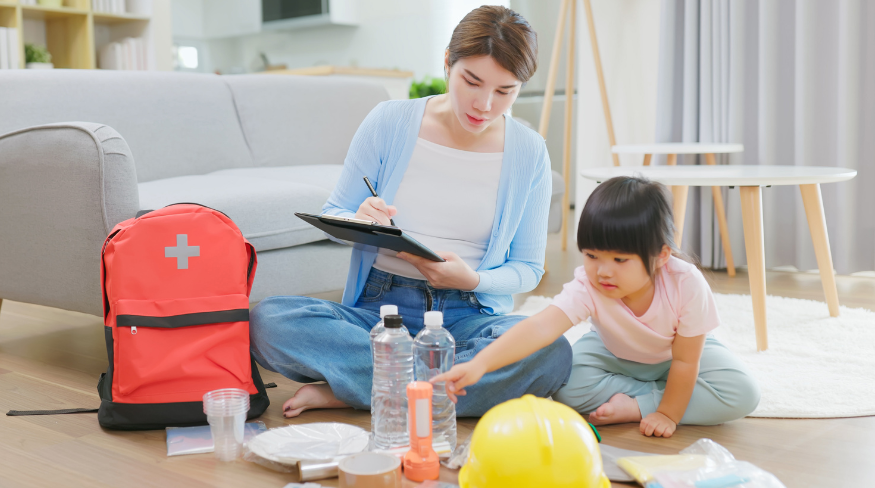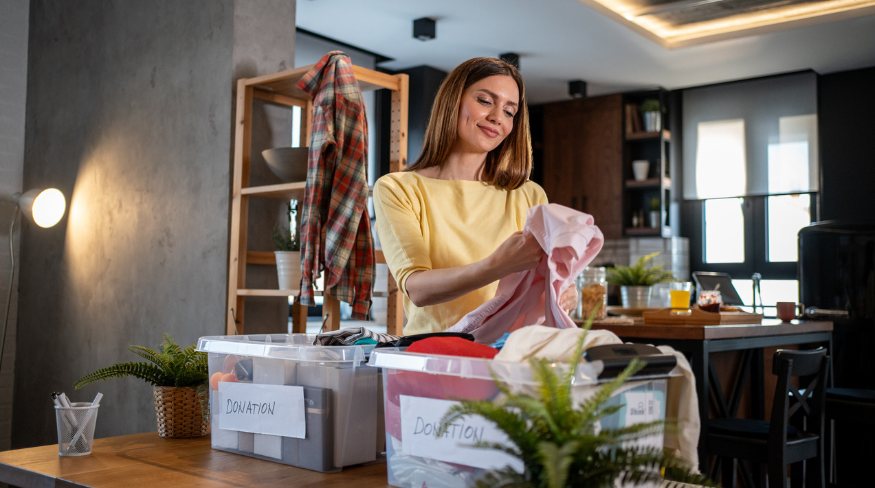Every household is different, but earthquake drills tend to expose the same gaps in preparedness. That’s the beauty of the ShakeOut; it’s less about rehearsing the obvious moves and more about uncovering the smaller details that can make a big difference.
What People Commonly Forget
Earthquake safety isn’t just about taking cover under a sturdy desk. Drills reveal all the little things that slip our minds when the ground starts rumbling. Some of the most common oversights include:
• Unsecured furniture and shelves — Bookcases, TVs, and even tall lamps can topple in a quake. If you’ve never anchored them, the drill is a reminder.
• Pets — Furry friends are family, too. Many people forget to plan to keep pets safe during an earthquake or to evacuate with them afterward.
• Emergency supplies — We might think we’re stocked up but drills often show us what’s missing. Fresh batteries, flashlights, and extra drinking water are essential.
• Gas shutoff valves — In larger quakes, knowing how (and when) to turn off the gas can prevent fires. This step is often overlooked until it becomes second nature through practice.
Think of a drill as a chance to run through your mental checklist and discover those “oh right, I should have thought of that” moments.
Turning a Drill Into Real Preparedness
The best part about a drill is that you don’t have to get it perfect; you just have to practice. Each time you participate, you’ll likely spot new areas to improve. Don’t be afraid to make a game out of it. Assign each family member a role, like “supply checker” or “pet wrangler,” so everyone feels involved.
Other easy ways to turn practice into preparedness:
• Create a family plan. Know how you’ll communicate if cell service is down.
• Do a quick home hazard hunt. Walk through your space looking for heavy objects that could fall, and secure them.
• Review evacuation routes. Identify safe spots inside your home and decide on a clear meeting place outside where everyone can gather afterward.
• Check your emergency kit. Make sure it includes essentials like water, nonperishable food, flashlights, and first-aid supplies—and replace anything that’s expired.
• Practice with pets. Pets can get scared and hide, so run through how you’ll safely secure and move them during a drill.
• Update contact information. Ensure everyone knows the emergency phone numbers and that they’re written down somewhere in case cell phones are unavailable.
By layering in these small steps, each drill becomes more than a one-time exercise; it builds lasting habits. And when the ground really does start to shake, those habits can help your household stay calm, coordinated, and safe. The ShakeOut drill is less about perfection and more about habit. When the ground really shakes, you’ll be glad those habits are second nature.
Don’t Forget Financial Protection
Just as drills prepare your household for safety, they’re also a reminder to think about your home’s long-term resilience. Earthquake drills can help protect your family physically, but don’t overlook your financial safety net. Standard home insurance typically does not cover earthquake damage. If you want confidence that your home and belongings are protected when the ground shakes, contact a Westwood agent about earthquake coverage options. It’s one more way to be ready for the unexpected.
Please Note: This article is for general informational and educational purposes only. It does not represent any specific insurance policy and does not modify any provisions, limitations, or exclusions of any current policy.





